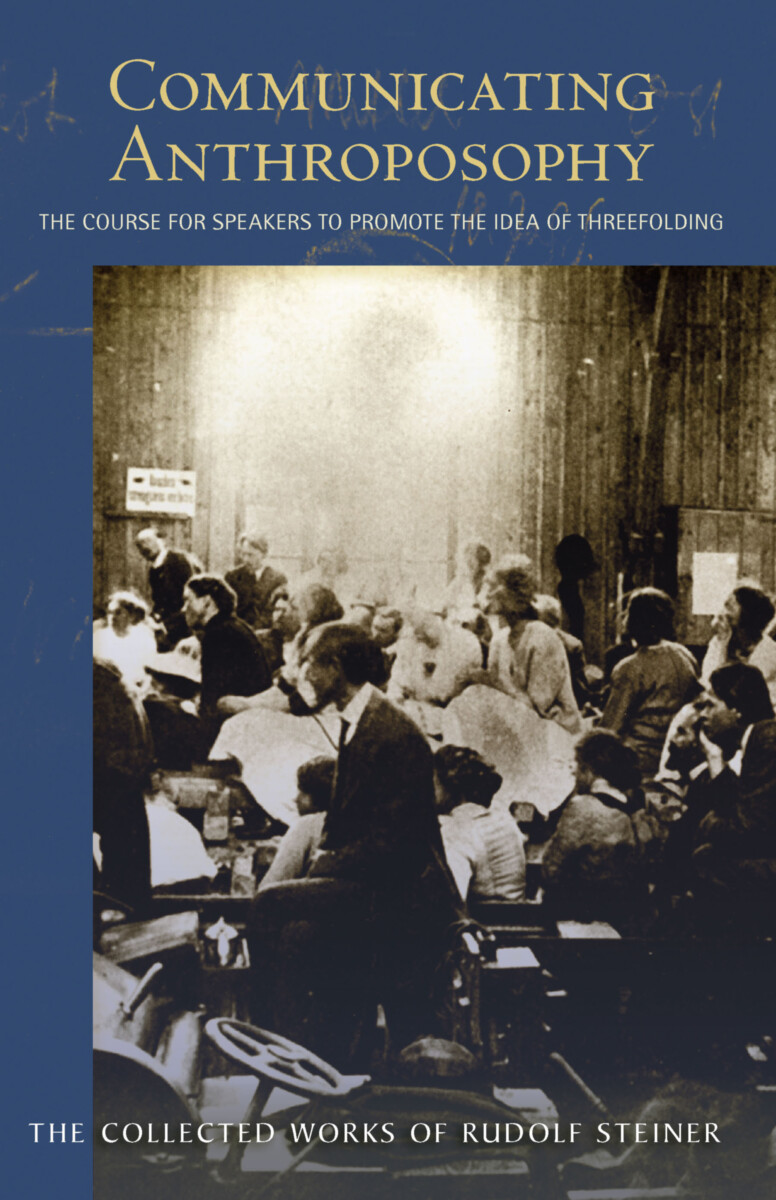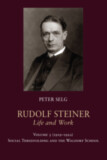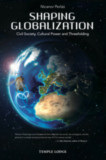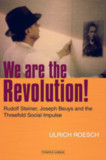Communicating Anthroposophy
The Course for Speakers to Promote the Idea of Threefolding (CW 338)
- Publisher
SteinerBooks - Published
5th June 2015 - ISBN 9781621481256
- Language English
- Pages 330 pp.
- Size 6" x 9"
12 lectures and a Q&A session, Stuttgart, Jan. 1–2, and Feb. 12–17, 1921 (CW 338)
“Be clear with yourselves about this: if these two preconditions are not met [love for the cause and love for humanity], or if they are replaced by some other force such as ambition or vanity, you will still be able to deliver very logical speeches to people; you will be able to speak very cleverly; however, you will not be able to achieve anything.” —Rudolf Steiner
From time to time, while reading through Rudolf Steiner’s Collected Works we encounter a previously unknown series of lectures that seems to promise no more than specialized content of interest mainly to those concerned with its apparent theme—in this case, a introductory course for those about to embark on speaking tours to promote the tripartition of society. Then we discover various subthemes that unexpectedly spark new insights, not only into Anthroposophy, but also regarding Steiner himself, who suddenly appears in a new light. In such cases, we might encounter a passage or lecture that illuminates, challenges, and ultimately transforms what we think we know, and our perspective changes. Our habitual understanding falls away, and we grasp that what we are reading is not information or description but a challange to act in a new way. Suddenly, we are no longer simply readers but also participating in the adventure of Anthroposophy.
Two lectures during January 1921 took place at the request of, and for, anthroposophists from Breslau in Upper Silesia. They had written for guidance in a last-ditch attempt to interject tripartite ideas into the political discussions related to the upcoming referendum to determine whether Upper Silesia would remain part of Germany or revert to Poland. Ten more lectures took place about a month later and were meant to prepare speakers to travel around Germany to promote the idea of threefolding. Knowing that their task would not be easy, that it would be risky and even dangerous, Steiner paints the “big picture” (or “deep ground”) from which they were called to make their case.
Reading these lectures, we come to realize that everything Steiner urges, as well as the way he does so, applies to a much greater field than what he is addressing explicitly. Those participants who would be going out to speak would do so as representatives of Anthroposophy. When speaking of tripartition, they would be discussing only one manifestation of what living Anthroposophy can be. As such, those individuals would need to become living manifestations of Anthroposophy. Thus, this lecture course could also be called “How to Be an Anthroposophist.”
This volume is a translation from German of Wie wirkt man für den Impuls der Dreigliederung des sozialen Organismus? (GA 338).
C O N T E N T S:
Introduction by Christopher Bamford
Part I: Working on Behalf of the Threefold Social Organism: A Training Course for Speakers
Part II: Training Course for Upper Silesians
Appendices:
Appeal for the Rescue of Upper Silesia
Rudolf Steiner's Notes for the Training Course for Speakers
Rudolf Steiner
Rudolf Steiner (b. Rudolf Joseph Lorenz Steiner, 1861–1925) was born in the small village of Kraljevec, Austro-Hungarian Empire (now in Croatia), where he grew up. As a young man, he lived in Weimar and Berlin, where he became a well-published scientific, literary, and philosophical scholar, known especially for his work with Goethe’s scientific writings. Steiner termed his spiritual philosophy anthroposophy, meaning “wisdom of the human being.” As an exceptionally developed seer, he based his work on direct knowledge and perception of spiritual dimensions. He initiated a modern, universal “spiritual science” that is accessible to anyone willing to exercise clear and unbiased thinking. From his spiritual investigations, Steiner provided suggestions for the renewal of numerous activities, including education (general and for special needs), agriculture, medicine, economics, architecture, science, philosophy, Christianity, and the arts. There are currently thousands of schools, clinics, farms, and initiatives in other fields that involve practical work based on the principles Steiner developed. His many published works feature his research into the spiritual nature of human beings, the evolution of the world and humanity, and methods for personal development. He wrote some thirty books and delivered more than six thousand lectures throughout much of Europe. In 1924, Steiner founded the General Anthroposophical Society, which today has branches around the world.






